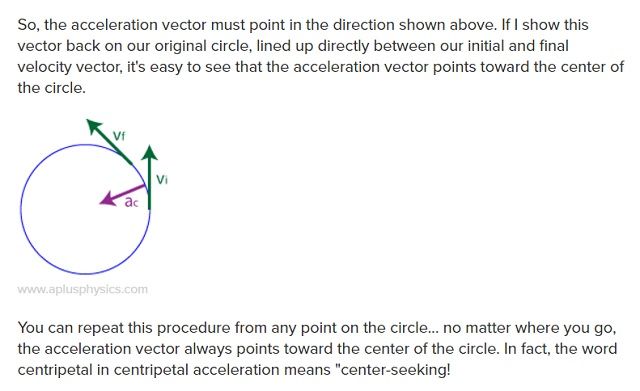Fcdriver wrote:Slowing lift causes a number of surprises! The difference from stationary pressure to moving changes greatly! It is the acceleration that is key!
Not quite.
It's the change in acceleration which is the key.
Someone pointed out that a lever acted as an acceleration multiplier. Unfortunately I can't find the quote to give that person the credit but that is the key.
Ends of levers move on a circular path and therefore they are accelerating towards the centre.
An asymmetric lever will have different accelerations at each end and it is the DIFFERENCE IN ACCELERATION which needs to be harvested.
The difference in acceleration maps to the difference in temperature in the Carnot cycle.
Credit where credit's due. It was thinking about an anonymous device which gave me the final clue to get all my ducks in a row.
It seemed to me that inventor only needed two arms not four
- which led to seeing the device as a rotating lever
- which led to the thought of a rotating lever of different arm lengths
- which led to the quote which I can't locate
- which led to the recognition of the importance of the DIFFERENCE in acceleration between the two ends and its relevance to the Carnot cycle
- which led to me seeing that this was of course the reason why the Keenie worked
- which I will go into in detail in my next post. :-)



